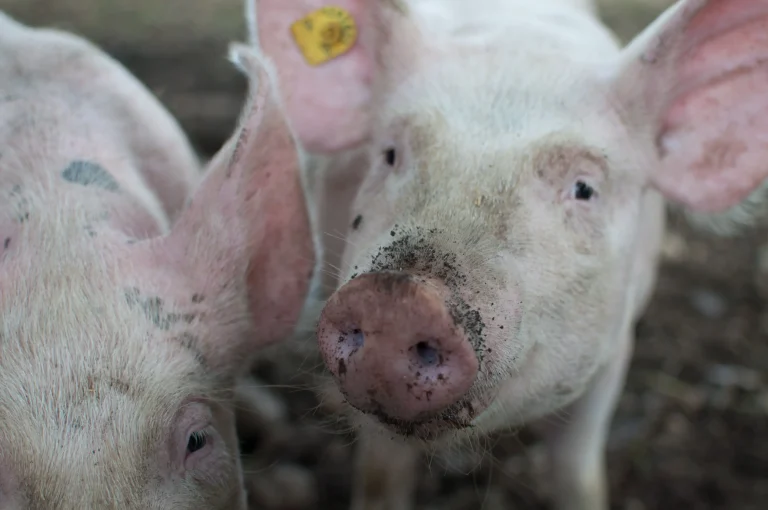From highly targeted pest control to the potential reduction in chemical pesticide use, RNA interference (RNAi) is being discussed with increasing frequency as part of agriculture’s shifting toolbox.
But as with many emerging technologies, a gap remains between early promise and practical deployment, particularly in European farming systems where regulatory questions still loom large. In this article, Farming Future Food unpacks the fundamentals of RNAi, its relevance in plant protection, and what experts see as the critical next steps for its broader adoption.
What is RNA interference?
RNA interference is a naturally occurring biological process found in most eukaryotic organisms, including plants, insects and humans. Its function is to regulate gene expression by stopping certain genes from producing proteins. In practical terms, it can turn specific genes off.
How does it work?
RNAi works by introducing small double-stranded RNA (dsRNA) molecules into a cell. These molecules match the sequence of a particular gene’s messenger RNA (mRNA). When they bind together, the mRNA is destroyed or blocked, which means the protein it was meant to produce is never made. This mechanism is now being explored in agricultural science as a way to selectively target genes in pests and pathogens — effectively disarming them without affecting other organisms.
Why is RNAi being considered for crop protection?
The appeal lies in RNAi’s specificity. Unlike many conventional pesticides, which often act broadly and can damage non-target species or ecosystems, RNAi can be tailored to affect a particular pest or virus without collateral damage. In theory, it could allow farmers to reduce reliance on synthetic inputs while maintaining crop yields and protecting beneficial insects.
A number of companies and researchers are trialling RNAi-based sprays and seed treatments to target insects like corn rootworm or aphids. These can suppress key genes essential for survival or reproduction in the pest, significantly lowering populations over time. Some genetically modified crops already incorporate RNAi traits, though this approach is not currently permitted under EU regulations.
What challenges does RNAi face before widespread adoption?
Despite its promise, several barriers remain. Delivering RNA molecules effectively and affordably in field conditions is still a technical hurdle. Environmental stability is another concern; RNA can degrade quickly outdoors due to sunlight or microbial activity.
There are also scientific uncertainties around potential off-target effects, though most experts consider the risk far lower than with broad-spectrum chemical pesticides. Regulation remains a significant obstacle in Europe, where genetically modified organisms (GMOs) face strict legal restrictions, and the status of topical RNAi treatments is still being debated.
How are researchers approaching these issues?
Some groups are focusing on non-GMO applications, such as foliar sprays or root drenches containing dsRNA. These are considered more politically and publicly acceptable in European contexts. Work is also underway to improve RNA molecule stability, delivery efficiency and cost-effectiveness.
In a recent overview of the potential of RNAi in pest management, including for species like aphids, researchers cautioned that real-world results do not always match laboratory outcomes. Field-scale trials and independent assessments will likely play a major role in determining how quickly — and widely — RNAi-based tools are adopted.
Key takeaways
- RNA interference (RNAi) is a natural process that prevents specific genes from producing proteins, offering a targeted way to suppress pests or diseases.
- It works by introducing double-stranded RNA molecules that bind to a pest or pathogen’s messenger RNA, effectively switching off vital functions.
- RNAi is being explored as a sustainable crop protection alternative to conventional pesticides, with trials showing potential against pests such as corn rootworm and aphids.
- Challenges include environmental stability, delivery efficiency, and navigating regulatory frameworks — particularly within the EU.
- Non-GM applications like RNAi sprays are being prioritised to meet public and political expectations in European markets.
Want to read more stories like this? Sign up to our newsletter for bi-weekly updates on sustainable farming and agtech innovation.










